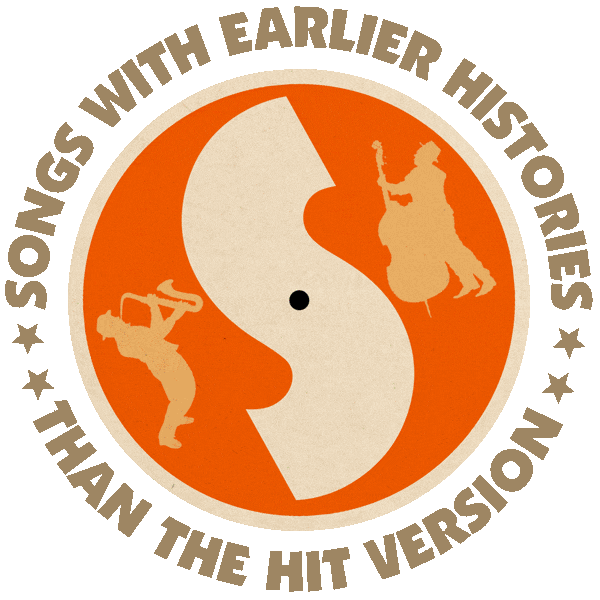Written and first recorded by Merle Travis (1946).
Other hit versions by Johnny Desmond (US #17 1955),Tennessee Ernie Ford (US #1/C&W #1/UK #1 1955), Frankie Laine (UK #10 1956).
Also recorded by The Weavers (1955), B.B. “Blues Boy” King and His Orchestra (B-side 1956).
From the wiki: “‘Sixteen Tons’ was written in 1946 by Merle Travis about a coal miner, based on life in the coal mines of Muhlenberg County, Kentucky. First recorded in Hollywood, CA, in 1946, ‘Sixteen Tons’ was released in July 1947 by Capitol on Travis’s album Folk Songs of the Hills, widely regarded as one of Travis’ finest achievements. The album became a gold record.
“According to Travis, the lyric from the chorus, ‘another day older and deeper in debt’, was a phrase often used by his coal miner father. This, and the line ‘I owe my soul to the company store’, are a reference to the truck system and to debt bondage. Under this scrip system, workers were not paid cash; rather they were paid with non-transferable credit vouchers that could be exchanged only for goods sold at the company store. This made it impossible for workers to store up cash savings. Workers also usually lived in company-owned dormitories or houses, the rent for which was automatically deducted from their pay. In the United States the truck system and associated debt bondage persisted until the strikes of the newly formed United Mine Workers and affiliated unions forced an end to such practices in the 1960s.

